Contents in this page
Aquaculture technologies
Aquaculture technologies are tools and techniques designed to help farmers produce more fish and shellfish, ensuring they are healthy and safe to eat.
Techniques include methods for breeding and caring for baby fish (i.e. larviculture) and preventing of monogenean parasites commonly found in cultured fish.
Tools include specialised systems for water and disease management, as well as systems for cultivating rotifers.
SFA, in partnership with industry and academia, conducts R&D on various aquaculture technologies suitable for local farms. There are two main types of aquaculture farms in Singapore.
Sea-based aquaculture farms
Land-based aquaculture farms
Resources on aquaculture technologies
Aquaculture farms in Singapore can use the resources below to improve their yields and increase resource efficiency in an environmentally friendly and sustainable manner.
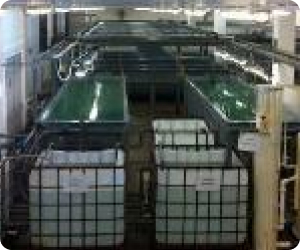 | Application of Recirculating Aquaculture System (RAS) technology in hatchery productionRecirculating Aquaculture Systems (RAS) are closed-loop systems where water is re-circulated and water quality is maintained with technology (e.g. filters, biofiltration, treatment). Fish are healthy and thrive when the water quality is good and consistently maintained. Download the PDF below to learn about the benefits of RAS compared to older methods, and how you can set up RAS for hatchery production. |
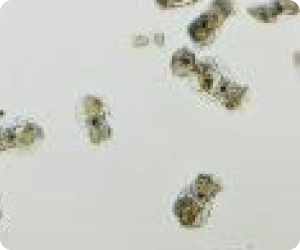 | Rotifer culture technology for hatchery productionRotifers are tiny organisms that serve as food for baby fish. To feed baby fish, farmers culture or grow rotifers. Download the PDF to learn how to set up a rotifer culture system and management protocols for the stable and efficient production of healthy rotifers, including how to develop an intensive recirculating aquaculture system and use AI-powered software to assess and analyse rotifer culture health. |
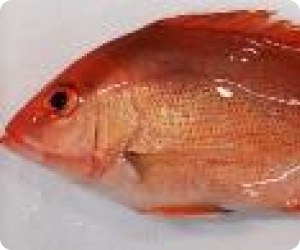 | Development of hatchery technology for red snapperFingerlings (toddler fish) that are raised in outdoor ponds are subject to weather conditions, which make it harder for them to survive. Additionally, the outdoor ponds also take up considerable space. Download the PDF to learn how you can overcome key challenges associated with indoor culture such as shock syndrome experienced by fingerlings when there are sudden changes in lighting and water temperature. |
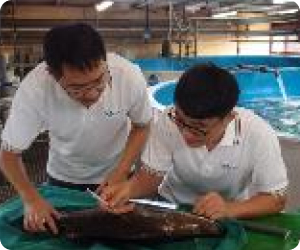 | Application of endocrine techniques in fish spawningFish spawning is the process where the adult fish release eggs and sperm into the water. The fertilised eggs eventually develop into baby fish. Spawning is seasonal. SFA explored the use of endocrine techniques to spawn (breed) fish in farm environments year-round. Download the PDF to learn more about the factors that led to successful fish spawning, and to get tips on inducing spawning for different types of fishes. |
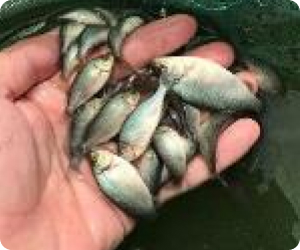 | Breeding of aquaculture species – Jade PerchJade perch is a freshwater finfish with high omega-3 content, high nutritional value, and good taste. Usually, the fry (young fish) are imported, grown here, and then sold on maturity. Download the PDF to learn more about the use of endocrine techniques to spawn (breed) jade perch and larviculture techniques to care for baby perches in farm environments. The findings of salinity tolerance trials to understand the impact of salt content on the growth of jade perches can also be found in the PDF. |
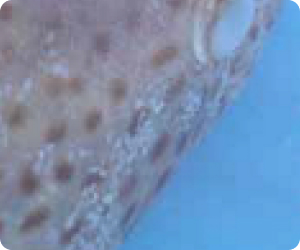 | Prevention and control of monogenean parasites in fishThe monogenean parasite is one of the common parasites faced by local farmers. This parasite affects the health and the survival rate of fish. Download the PDF to learn how to identify fish that have been affected by monogenean (i.e. the clinical signs), the types of monogenean, and the treatment methods. |
For more information
You can contact us via the SFA Online Feedback Form.
